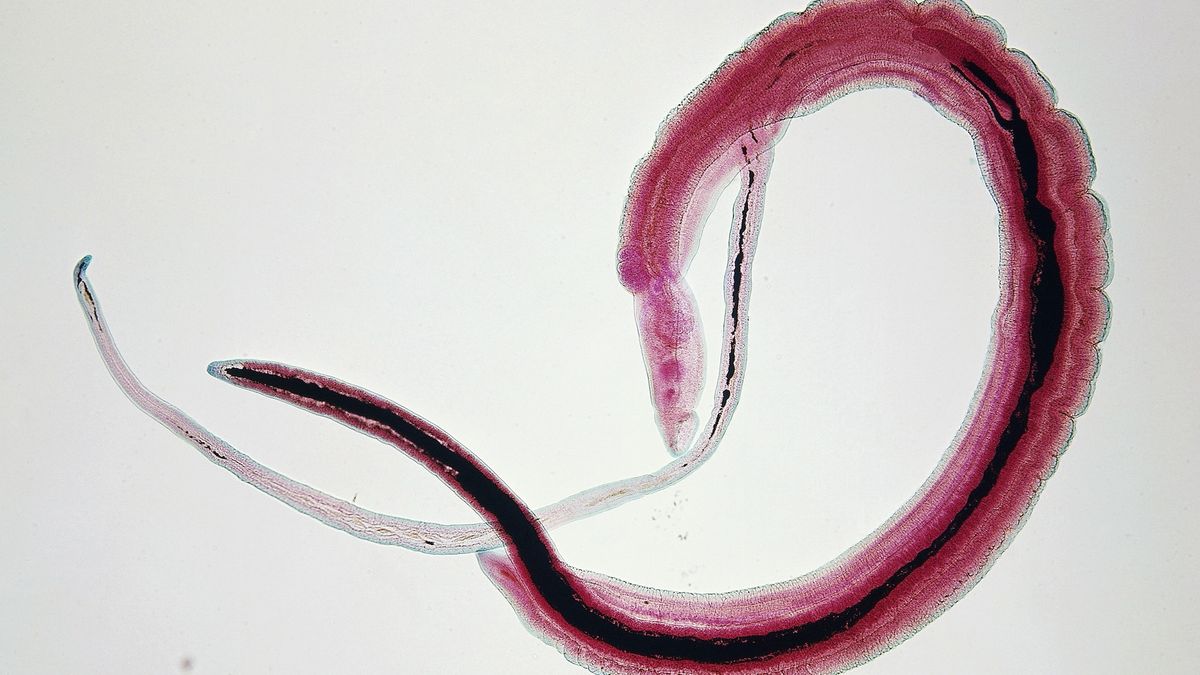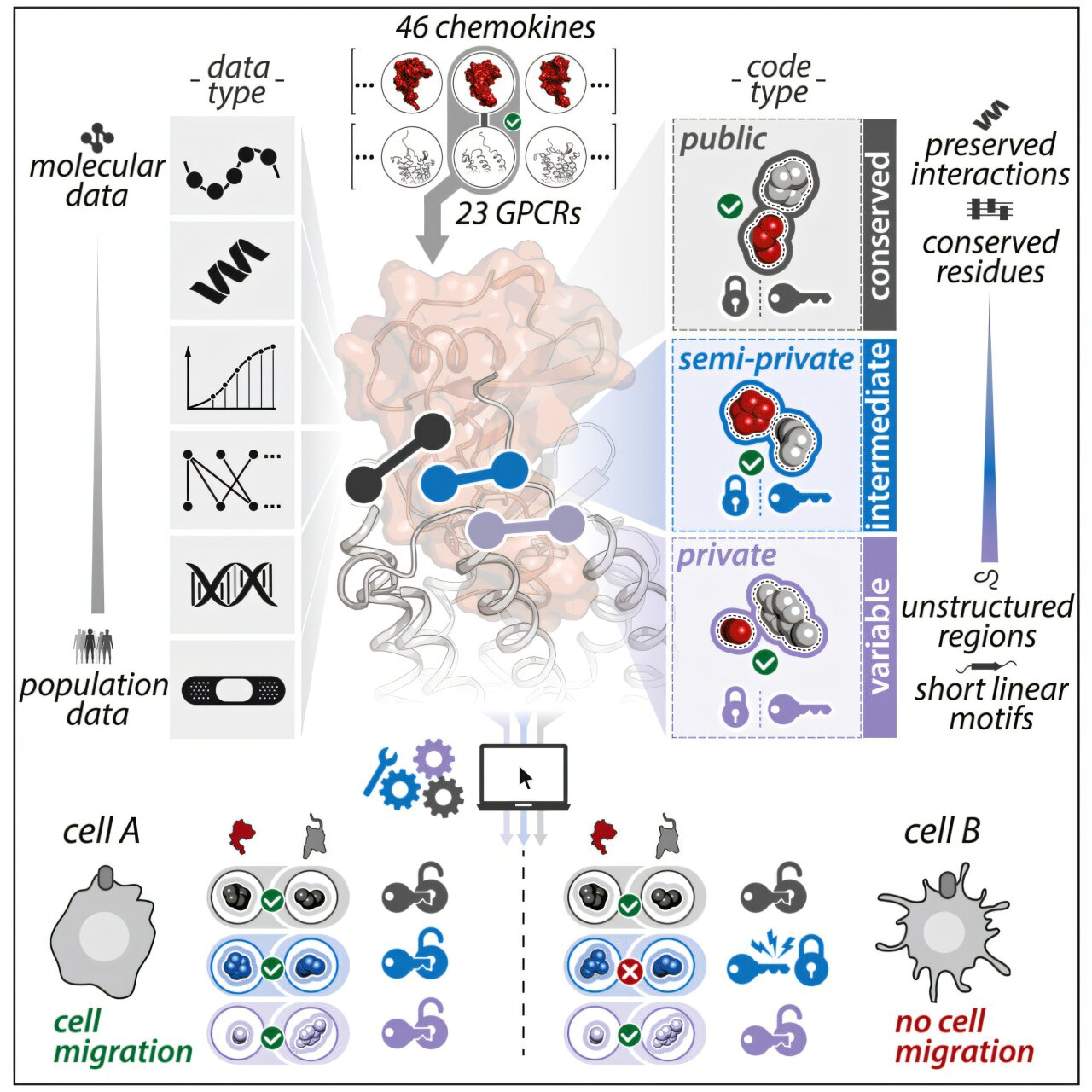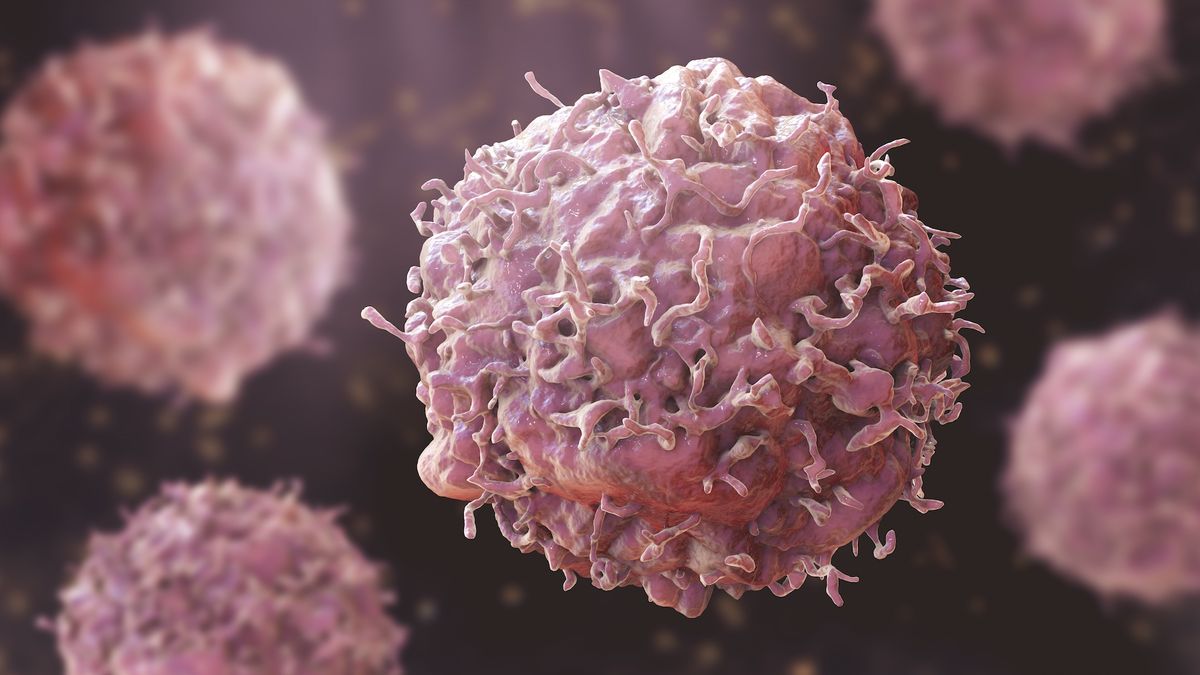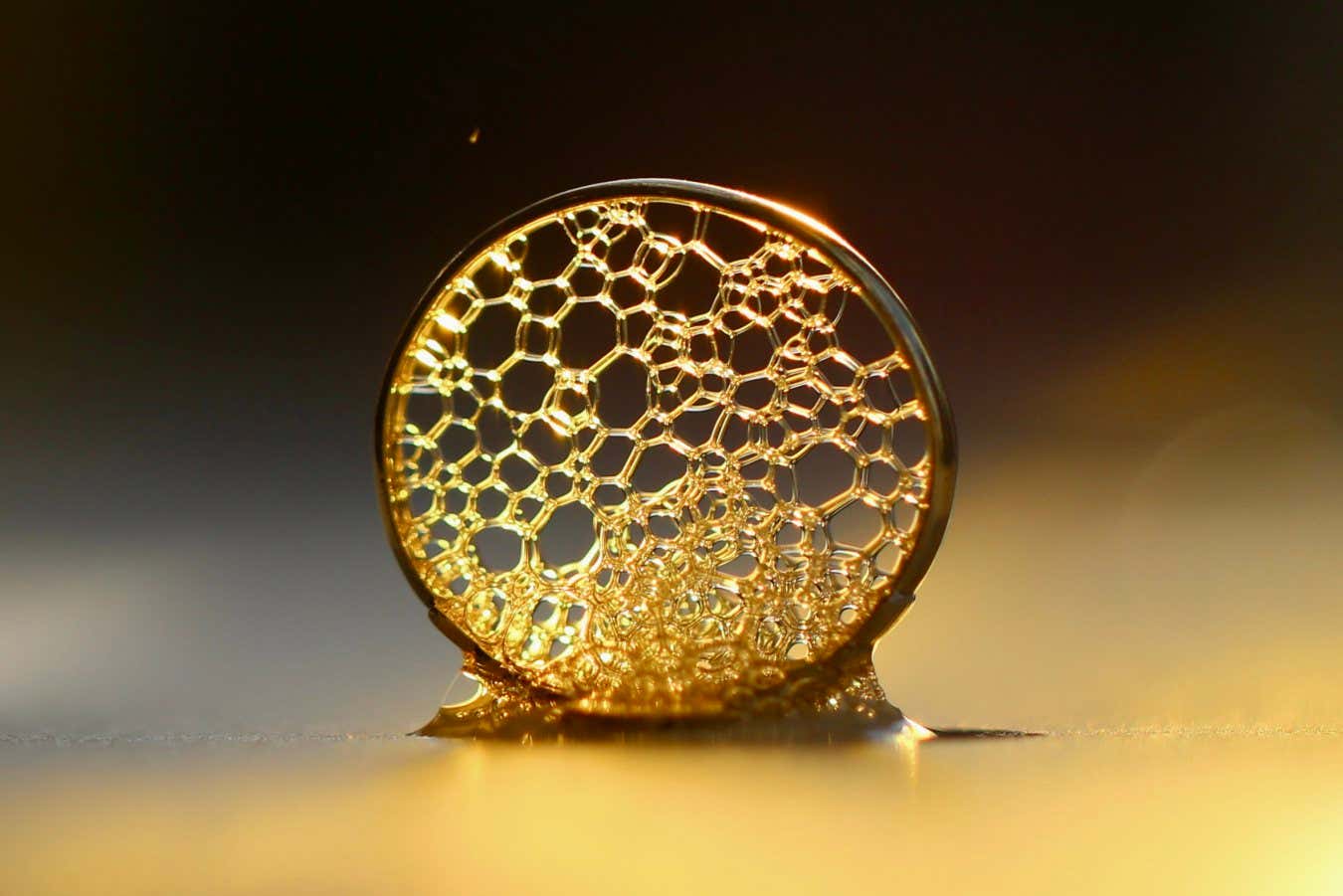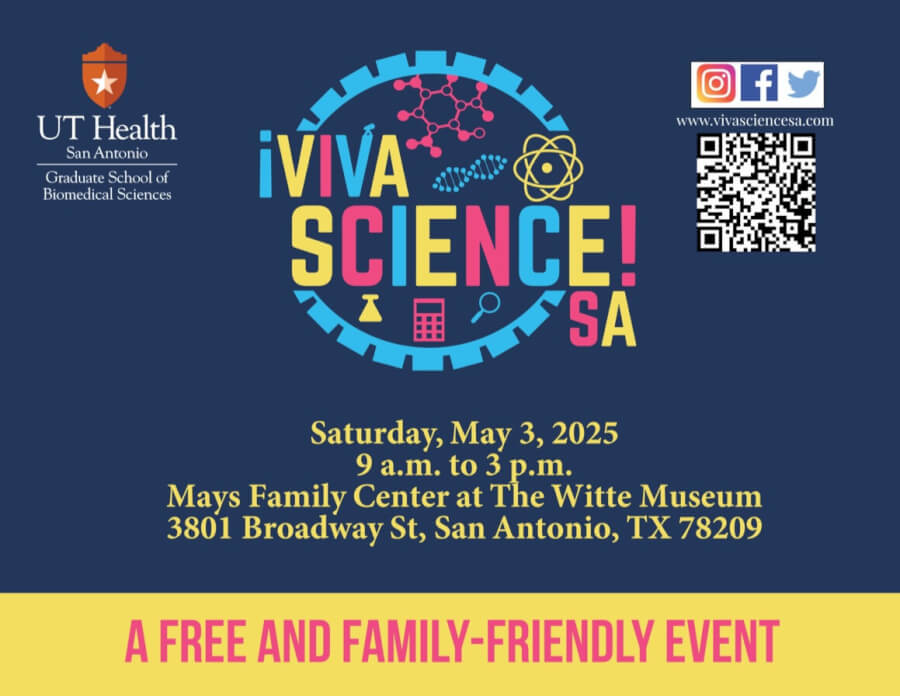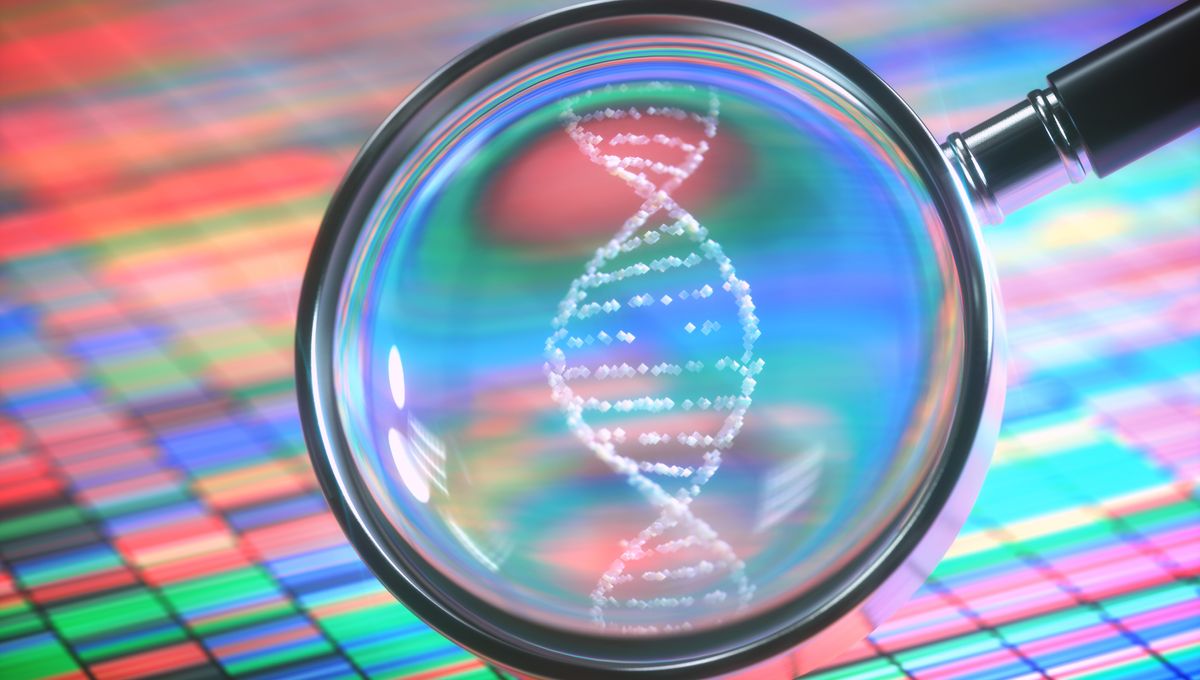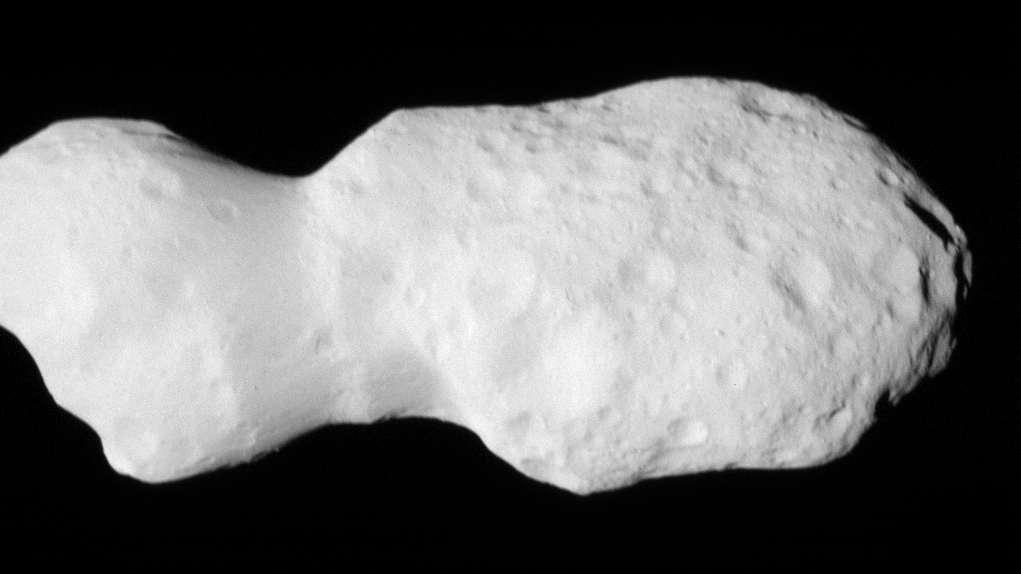
Diplomatic Shake-Up: How State Department's Radical Restructure Threatens Science and Cyber Domains
In a bold administrative overhaul, Secretary of State Marco Rubio has launched a strategic initiative aimed at streamlining the State Department's operations. His primary goal is to cut through the layers of bureaucratic complexity and reduce organizational bloat that has long hindered the department's efficiency. Rubio's ambitious plan seeks to transform the department's structure, eliminating redundant processes and creating a leaner, more responsive diplomatic apparatus. By targeting unnecessary administrative layers, he hopes to enhance the department's agility and effectiveness in addressing complex global challenges. The proposed reforms reflect a commitment to modernizing government operations, ensuring that the State Department can more quickly and effectively respond to the dynamic landscape of international relations. Rubio's approach signals a significant shift towards a more strategic and nimble diplomatic infrastructure.

